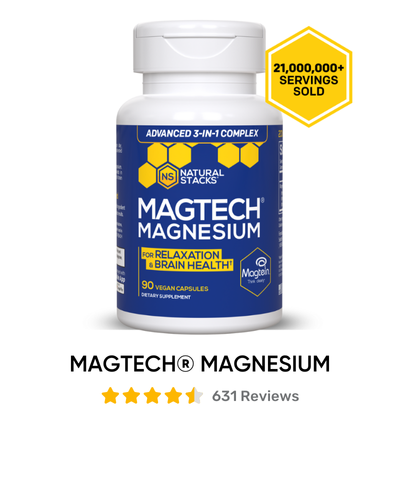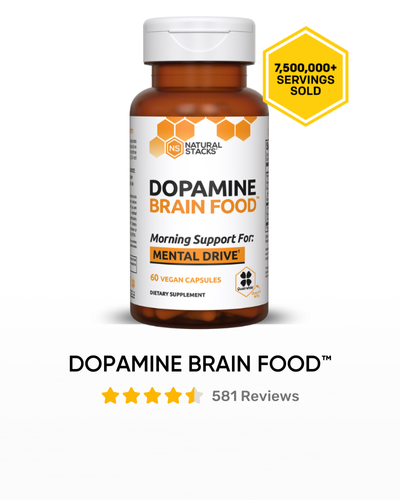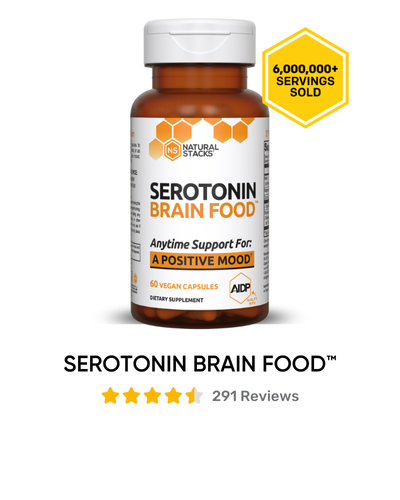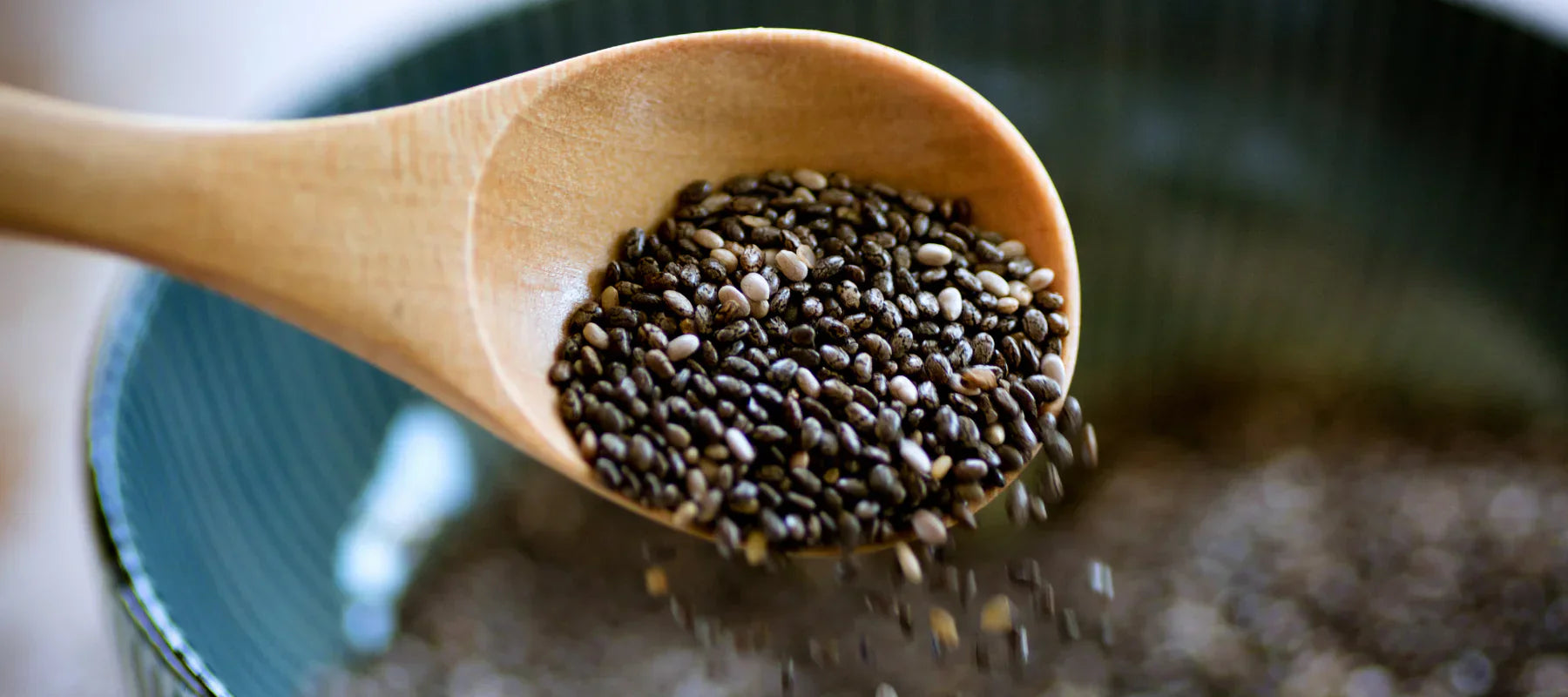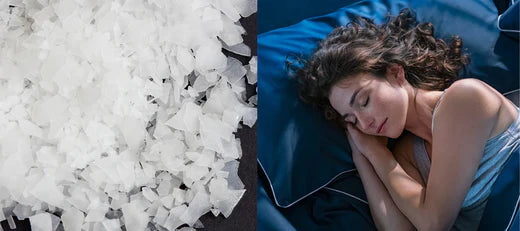Move Over Turmeric: Can Saffron Also Fight Cancer?

Turmeric has quickly become one of the world’s most popular superfoods.
Commonly known as the bright orange spice used in Indian cuisine, turmeric can also be found in teas, supplements, juice drinks, and in just about everyone's kitchen pantry.
What makes turmeric so great?
For starters, when people say turmeric is good for you, they really mean curcumin. And so long as you go directly to the natural source and avoid synthetics, it's one of the most potent natural anti-inflammatories we know of.
This powerful molecule has generated thousands of research studies (with over 150 underway right now).
It’s amazing how researchers are studying these natural compounds and finding out the wonders that they’re capable of.
Food is medicine, and this latest discovery is no exception.
Is Saffron a Cancer Fighting Compound?
 It’s quite possible.
It’s quite possible.
Saffron is a spice typically found in various Mediterranean, Indian and some Asian dishes.
But more than likely you haven’t used the “real thing” in your kitchen lately.
Why?
Saffron is extracted from the flower, which only blooms for one week out of the entire year. Each flower must be picked by hand and then dried.
To make a single pound of saffron extract, it takes over 68,000 flowers.
So a pound of real saffron grown in India can range from $2,000 to $10,000! [1]
This makes it more expensive than some of the world’s rarest delicacies!
Delicacy or not, new research on its possible anti-cancer properties has us excited about the future of this natural compound.
Crocetin - The Saffron Extract
A team of Italian scientists recently discovered that crocetin, a compound extracted from saffron, can selectively inhibit cancer cell growth without affecting the growth of healthy cells.
Here's how it works:
Cancer cells have a peculiar metabolic “quirk” in that they can thrive in both the presence and absence of oxygen. Oxygen is a necessary component your body needs to generate energy at the cellular level, but when oxygen is in short supply, there's a workaround.
While your body can make energy when oxygen is in short supply, it is highly inefficient, and mostly reserved for situations that require immediate energy.
Think explosive exercise in the gym versus steady-state cardio on a treadmill.
Cancer cells, even when oxygen is abundantly available, seem to preferentially derive their energy from this inefficient pathway (anaerobic metabolism), and in the process, generate damaging byproducts and metabolic debris.
Among such debris is lactate, a compound that can actually fuel cancer cell growth and proliferation.
When looking at the properties of crocetin, scientists found that it can block the active enzyme in cancer cells that produces lactate -- lactate dehydrogenase.
In cell culture models and animal studies, crocetin has been shown to block this over-active enzyme, in effect halting cancer growth.
This is not the first time that crocetin from saffron has been studied for its anti-cancer properties [2, 3].
Though this shows promise as a potential Achilles heel of cancer metabolism, its merits needs to be studied further.
But here’s something interesting we picked up on while researching this article.
The world's most bright and colorful plants almost all contain powerful disease-fighting natural compounds.
- Crocetin is the anti-cancer compound responsible for the reddish color of saffron.
- Curcumin is the anti-inflammatory flavonoid responsible for the bright orange pigmentation of turmeric.
- Astaxanthin is the antioxidant carotenoid responsible for the pinkish hue of cold-water salmon.
There's a reason nutritionists and dietitians recommend eating a wide variety of colorful plants... they are often the ones with the greatest health benefits.
Coincidence?
We think not.
References:[1] - http://www.seriouseats.com/2011/01/spice-hunting-saffron-how-to-use-guide.html
[2]. Zhong, Y. J., Shi, F., Zheng, X. L., Wang, Q., Yang, L., Sun, H., ... & Liao, L. C. (2011). Crocetin induces cytotoxicity and enhances vincristine-induced cancer cell death via p53-dependent and-independent mechanisms. Acta Pharmacologica Sinica, 32(12), 1529.
[3]. Carlotta Granchi, et al. “Characterization of the Saffron Derivative Crocetin as an Inhibitor of Human Lactate Dehydrogenase 5 in the Antiglycolytic Approach against Cancer.” J Agric Food Chem 65 (28): 5639-5649. Published: 23-Jun-2017. DOI: 10.1021/acs.jafc.7b01668


